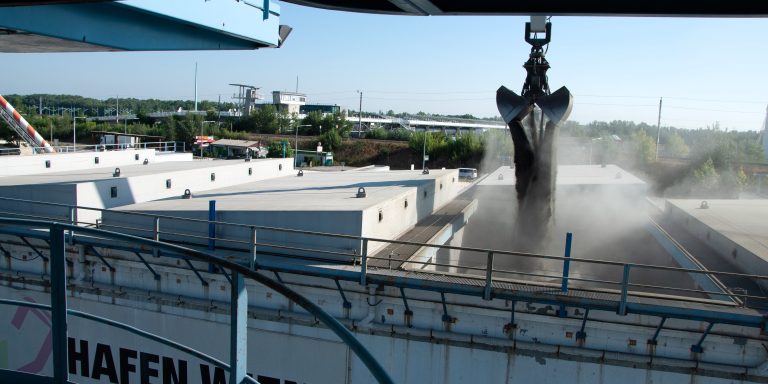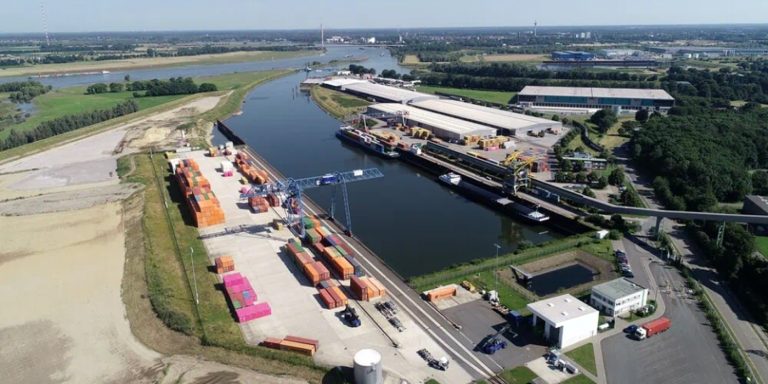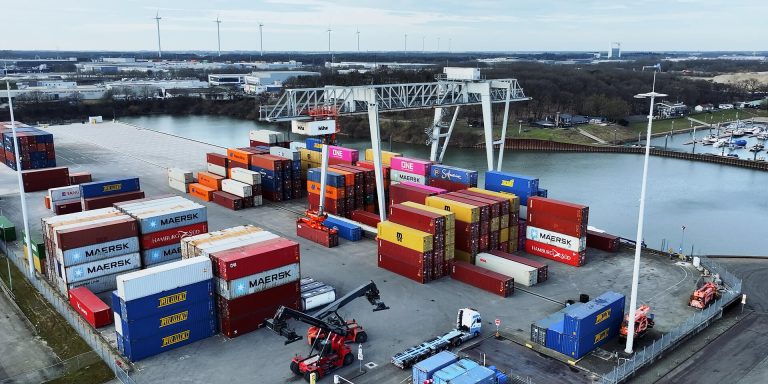
The Port of Vienna is Austria’s largest inland port and a key logistics hub along the Danube River. Strategically located at the intersection of major European trade corridors, it serves as a vital multimodal platform, seamlessly integrating rail, road, and inland waterway transport. The port hosts multiple terminals, including container, breakbulk, and liquid bulk facilities, […]
Read More… from Port of Vienna: Committed to Sustainable Port Operations

DeltaPort is a German inland port group located in the Lower Rhine region, consisting of three strategically connected terminals: Hafen Emmelsum, Hafen Wesel, and Hafen Voerde. Positioned at the intersection of key waterway, rail, and road networks, DeltaPort serves as a vital multimodal logistics hub for regional and international trade. The port group is known […]
Read More… from Meet DeltaPort: Interview with Patrizia Pollmann and Alexandra Nitsche

The Port of Kaunas, located in the Marvelė district, serves as Lithuania’s primary inland river port along the Nemunas River, strategically linking the industrial hub of Kaunas to the Baltic Sea via the Port of Klaipėda. The port is designed to handle over 1.2 million tonnes of cargo per navigation season (typically exceeding 200 days) […]
Read More… from Meet the Port of Kaunas: Interview with Meda Dyfartaitė

The Port of Vukovar, located where the Vuka meets the Danube in eastern Croatia, is the country’s largest inland port and a crucial waterway transport hub. Positioned on the Danube’s right bank, it remains navigable year-round, even during low water levels, aiding trade within Croatia and northern Bosnia and Herzegovina. The port is primarily dedicated […]
Read More… from Meet the Port of Vukovar: Interview with Vjekoslav

The Port of Venlo is a strategically located inland port in the southeastern Netherlands, close to the German border. As a key multimodal logistics hub, it connects the Dutch hinterland with major European trade corridors through road, rail, and inland waterway networks. Situated in the Limburg region, the port plays a critical role in ensuring […]
Read More… from Meet the Port of Venlo: Interview with Peter van Wijlick




